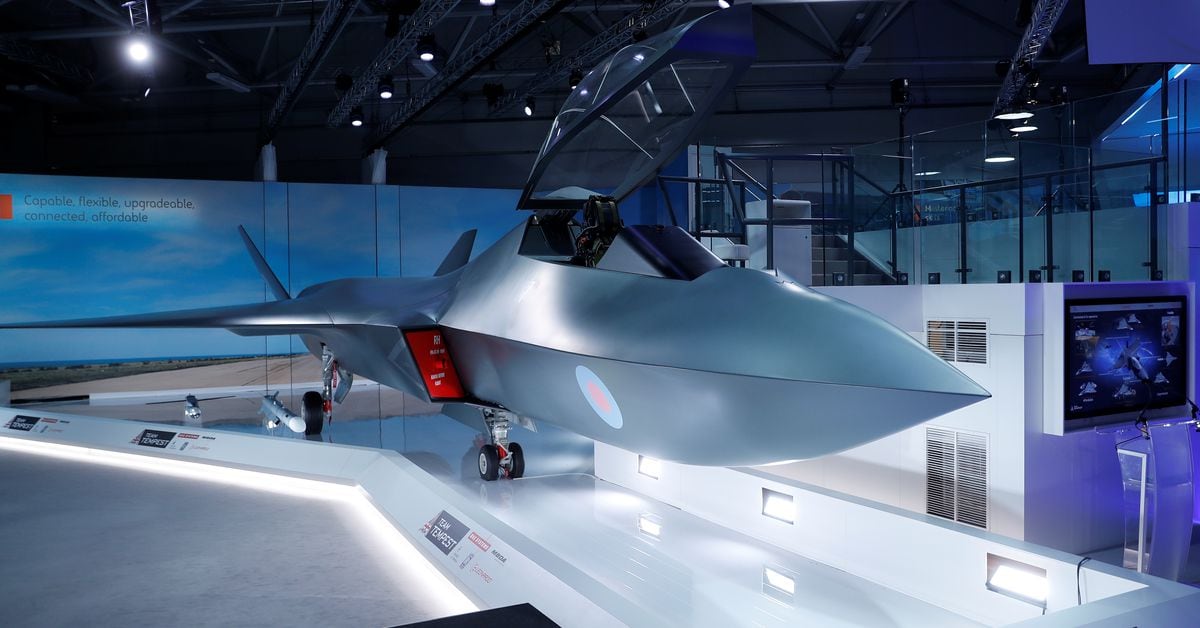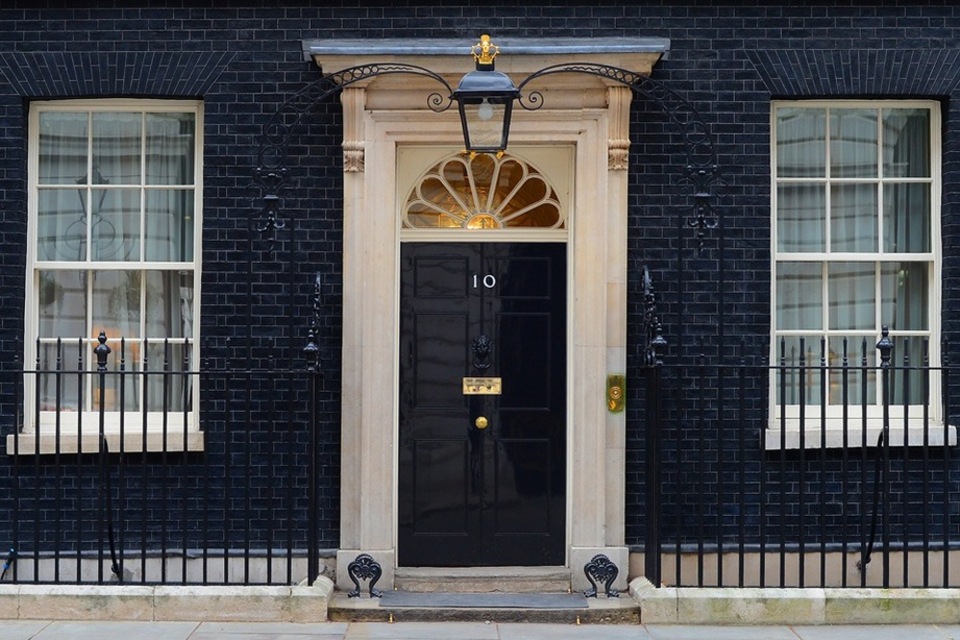View: https://twitter.com/HoansSolo/status/1593868671755100160
Article Text
TOKYO -- Japan has entered the final stages of talks with the U.K. and Italy to jointly develop and build a next-generation fighter jet, marking a turning point as Japan looks beyond the U.S. for defense cooperation.
Tokyo will also consider revising its export rules to allow for defense equipment sales abroad, hoping to reduce development costs for the new plane and boost the domestic defense industry.
The Air Self-Defense Force plans to deploy the fighter starting in 2035. Japan's Mitsubishi Heavy Industries, British aviation and defense giant BAE Systems, and Italian defense contractor Leonardo S.p.A. will oversee development. A formal agreement is expected by the end of the year.
This will be the first time that Japan partners with Europe to develop a jet fighter.
The new plane is slated to be a successor to the Mitsubishi F-2, which was jointly developed with Lockheed Martin. Japan's Ministry of Defense initially planned to once again collaborate with the U.S. company, which is currently developing the next-generation F-35 fighter. However, Lockheed's refusal to share confidential technological information raised concerns about servicing aircraft domestically after deployment.
The U.K., meanwhile, had announced plans to introduce its Tempest sixth-generation fighter by 2035. With its development schedule overlapping with Japan's, and Lockheed's unwillingness to share information, that provided ample incentive for Japan to launch its first defense collaboration with Europe.
Russia's war in Ukraine has presented additional motivation.
The Japanese government has taken steps to increase cooperation with NATO. It plans to sign a facilitation agreement with the British government to make it easier to conduct joint military exercises, raising the relationship between the countries to a quasi-alliance.
The development of a next-generation fighter aircraft requires the integration of complex elements like radar and missile systems, as well as advanced stealth technology. The Defense Ministry wants the next generation of fighters to have the ability to communicate with unmanned and U.S. military aircraft, and to have sensor systems that can quickly detect and respond to enemy planes.
The planned collaboration will draw on the technological strengths of each company. BAE has a strong track record in fighter planes, producing the current flagship Eurofighter Typhoon with Italy, Germany and Spain, and exporting it to Saudi Arabia. The addition of Italy's Leonardo, which is experienced in sensor technology, is expected to give the plane the edge that Tokyo is looking for.
Engines will be produced by Japan's IHI and Britain's Rolls-Royce, while radar technology will be jointly developed by Mitsubishi and Leonardo's U.K. subsidiary.
In conjunction with the fighter's development, Japan will consider easing its restrictions on the export of defense equipment.
The Defense Ministry's "Three Principles on Transfer of Defense Equipment and Technology" currently limit exports to transport and surveillance equipment. An amendment to the rules could allow offensive equipment such as fighter aircraft to be exported under certain conditions.
Due to the current rules, which effectively limit the market to the country's Self-Defense Forces, the domestic defense industry has sent almost zero exports to other countries. Many contractors have withdrawn from the industry.
Exporting fighters will also ease production costs. Although Japan aims to significantly expand its defense budget, there is concern that rising costs on the new fighter could pressure the government's finances. Increasing sales through British and Italian channels would ease some of that pressure.
The Defense Ministry will discuss revising the export rules with the ruling Liberal Democratic Party during national security strategy discussions at the end of the year.



